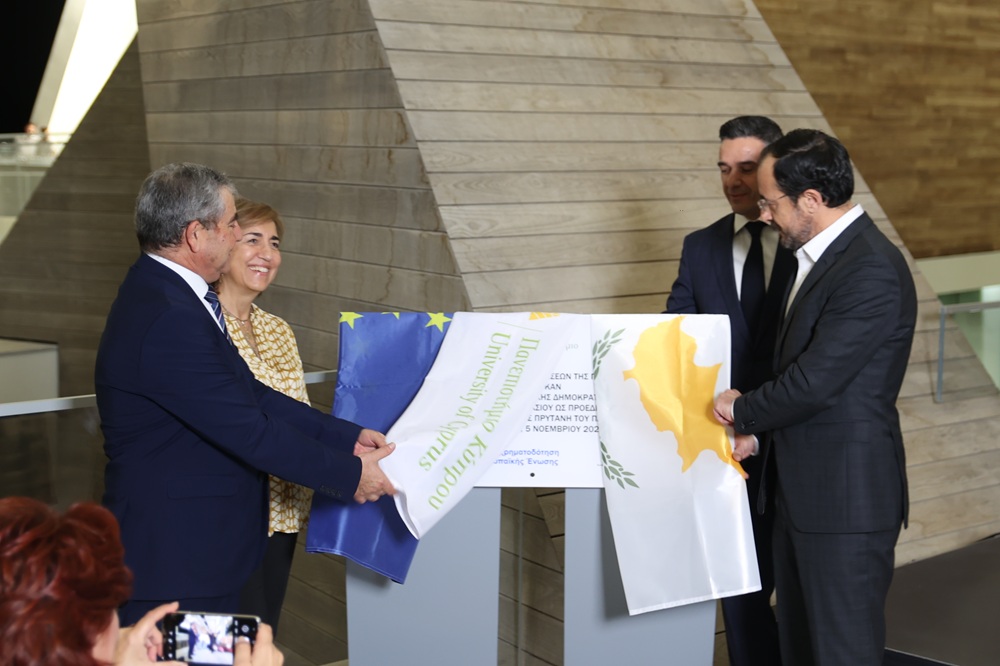
The Polytechnic School of the University of Cyprus officially acquired its new “home.” On Wednesday, November 5, 2025, in a historic day for the University of Cyprus, the country’s academic community, and research, the opening of the Polytechnic School’s facilities on campus took place.
The event began with a tour of the modern facilities of the Polytechnic School, which house state-of-the-art laboratories, research infrastructure, and sustainable technological facilities, making the School comparable to international academic and research institutions in the fields of technology and green development.
The Rector of the University of Cyprus, Professor Tassos Christofides, welcomed those attending the inauguration ceremony to a venue that he described as a landmark at a historic moment for the University of Cyprus. He spoke at length about the achievements of the School’s staff and students and their international distinctions, as reflected in the competitive funding they have secured over time, the School’s inclusion among the world’s top schools as recorded in international rankings, and, above all, the School’s significant footprint and impact on society, The Rector noted that the new infrastructure on campus houses human capital of inestimable value. This building infrastructure, he said, is a technological and scientific park where the School’s people can unleash their creativity and make a decisive contribution to the development of science.
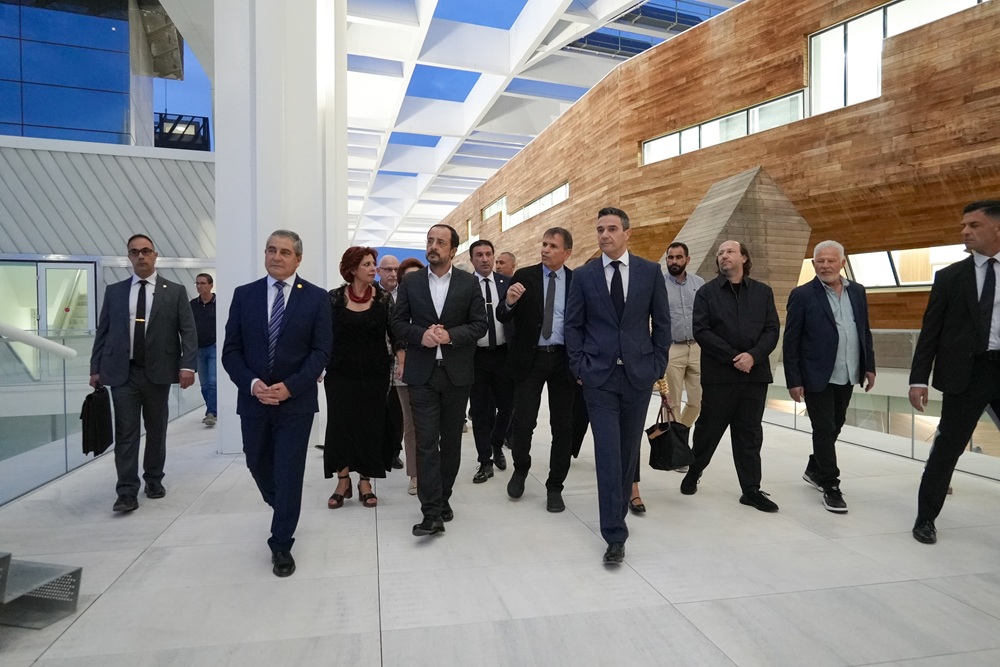
The Rector expressed his gratitude to the State, the European Union, and the funding organizations for their support, noting that the completion of the project is the result of cooperation and responsibility. He dared to mention the delay in the completion of the project: “A project that was expected to be completed in 2019 was completed with a 6-year delay. However, it was completed because we were determined, through consultation and negotiation—within the limits of the law—not to resort to the easy option of assigning blame, but to seek ways to resolve differences.”
The President of the University of Cyprus Council, Mr. Tassos S. Anastasiou, then highlighted the impact of the new facilities on the expansion of academic and research activity, emphasizing the value of cooperation between the State, European Union, and the University. He also stressed that this investment will bring long-term multiplier benefits for society and the economy, while the Polytechnic School, he said, is now ready to produce even more far-reaching work and continue to enhance the prestige of the University of Cyprus.
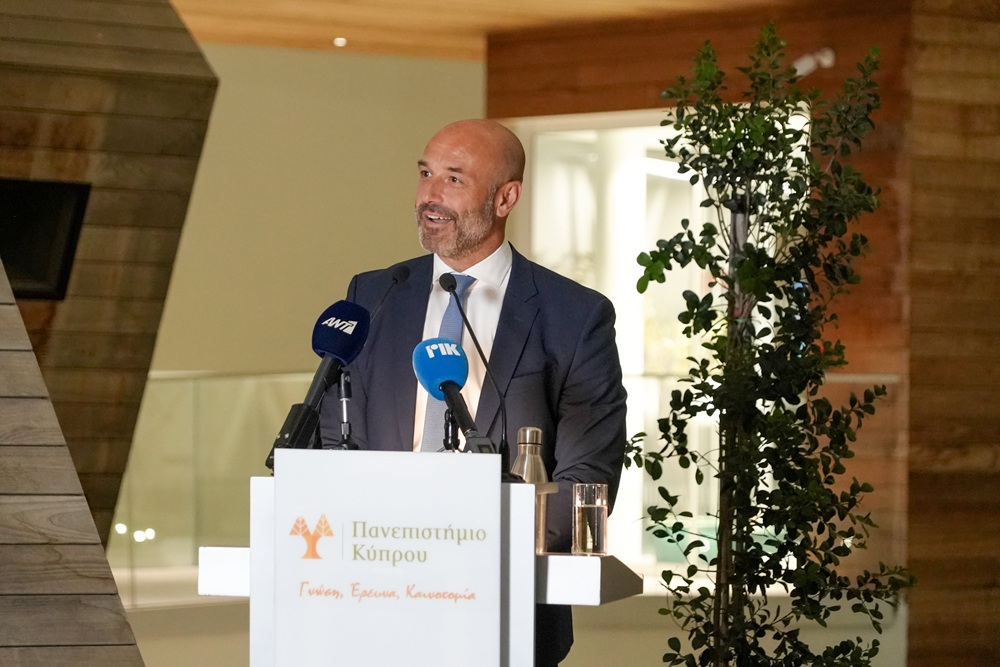
Tomas Bocek
The President of the Republic, Mr. Nicos Christodoulides, with particular joy and pride, described the completion of the Polytechnic School as a major achievement of collective effort and long-term dedication. He noted that the University of Cyprus is a valuable partner in the pursuit of sustainable development, technological progress, and social prosperity, reflecting the State’s deep conviction that investment in knowledge, research, and education is the most stable foundation for the future of Cyprus. Expressing his admiration for the architecture of the new building, he said that the new facilities combine high aesthetics, functionality, open spaces, natural lighting, state-of-the-art laboratories, and bioclimatic design that promote creativity and world-class research. The President also referred to the School’s international distinctions and the successful careers of its graduates, who excel in Cyprus and abroad, proving in practice the value of investing in education and research.

Nicos Christodoulides
Next, Ms. Themis Christofidou, Director-General for Regional Policy and Urban Development at the European Commission, took the floor. She emphasized that the project will contribute decisively to the realization of a vision for research, for the university, and for Cyprus, characterizing it not as a step toward progress, but as a leap forward for the entire country. She also highlighted the importance of new infrastructure for connecting the University with the economy and industry, placing particular emphasis on supporting the new generation of scientists so that they remain and create in Cyprus. Highlighting the strong relationship between the EU and academic institutions, he concluded by saying that the project had emerged as a symbol of confidence in the future, which would forever remind us of the contribution and support of the European Union’s cohesion policy.
The event was also honored by the presence of Mr. Tomas Bocek, Deputy Governor of the Council of Europe Development Bank, representing the Bank’s support for the development of the University Campus, as well as the head of the European Investment Bank’s office in Cyprus. These are two important European financial institutions from which the State secured funding for the construction of the project.
The ceremony concluded with the unveiling of a commemorative plaque by the President of the Republic, the President of the Council, the Rector, and the Director-General for Regional Policy and Urban Development of the European Commission, officially marking the start of operations at this iconic complex.

Themis Christofidou
The musical program by the Music Academy of the University of Cyprus, under the artistic direction of Mr. Petros Stylianou, capped off this historic day for the University of Cyprus, serving as a bridge and reminder of the eternal bond between art and research, creativity and culture. The young talents of the Music Academy presented three landmark works of the world music scene, while also honoring the 100th anniversary of the birth of Mikis Theodorakis: Dmitri Shostakovich’s Symphony No. 2, Mikis Theodorakis’ “Sto Perigiali to Kryfo” (based on poetry by Giorgos Seferis) and Johannes Brahms’ Hungarian Dance No. 5.
Information about the Polytechnic School’s facilities:
The new buildings of the Polytechnic School, designed as a result of an international architectural competition, have been completed and are now in operation, both for teaching and research purposes.
The architectural project was designed by Heracles Papachristou, Chrysanthos Chrysanthou, and Anastasios Kotsopoulos, while the construction was undertaken by the contractor A. Panayides Contracting Limited.
The building complex houses the Departments of Civil and Environmental Engineering, Mechanical and Manufacturing Engineering, Electrical and Computer Engineering, as well as the Dean’s Office of the School.
It houses around 150 specialized laboratories, the vast majority of which are research laboratories, covering the entire range of cutting-edge technologies such as Robotics, Nanotechnology, Biomedical Engineering, artificial intelligence, fluid mechanics, cancer biophysics, and earthquake-resistant technology. It also houses the offices of academic, research, and administrative staff, lecture halls, dining areas, meeting rooms, exhibition spaces, and other informal learning and multipurpose areas.
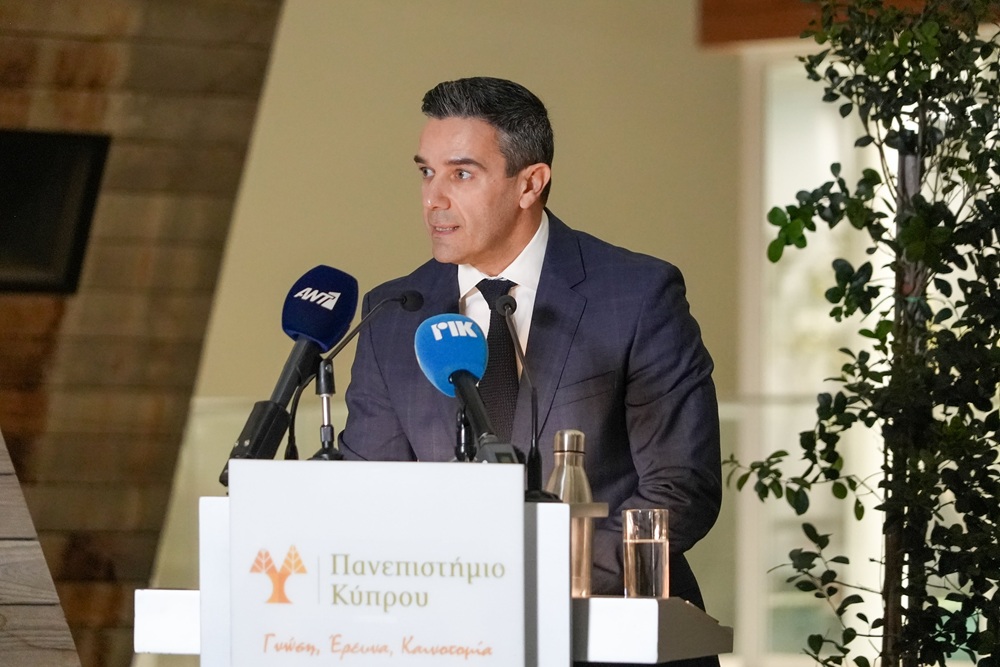
President of the Council
The building complex has a capacity of 1,500 people (of which approximately 500 are specialized researchers), with at least the same capacity in the outdoor areas of the central square, the open-air amphitheater, and the accessible roofs.
The total area is 35,000 square meters of gross enclosed space, divided almost equally between the three sections, and the construction cost amounted to approximately €67,000,000 (excluding VAT). The project is co-financed by the European Cohesion and Regional Development Funds with an amount of €32,500, 000 and was supported by loans secured by the State for the financing of the project from the European Investment Bank and the Council of Europe Development Bank.
The synthetic concept of the facilities is governed by the intention to clearly imprint the identity of each of the three departments on the space, which is why the vertical development evolves into three towers that boldly rise above the stadium, overlooking the hill of Aronas that dominates and dominates the area. Furthermore, both the aesthetic and structural choices of the proposal create a dynamic spatial reference point, which clearly highlights the multidimensional and innovative work, especially the research, that characterizes the academic orientation of the three departments.
Every visitor to the University Campus can clearly see from a distance that the three Academic Departments are autonomous units of a bold and flexible building complex with a contemporary architectural vocabulary, on par with pioneering projects abroad, which houses, facilitates, and promotes the scientific activities of the Polytechnic School. The use of renewable energy sources, along with the in-depth utilization of energy efficiency parameters, are also expressed in the space through the skilful covering of the central courtyard of the complex with successive energy fins-carriers of photovoltaic panels. In addition to the above, the complex also incorporates the most advanced forms of geothermal systems, to exploit both the energy load of the subsoil and the rich aquifer of the University Campus.
The completion of the new facilities, has not only enriched the University Campus with a landmark building, but also marks the intensification of the research activity of the Polytechnic School and, by extension, the University of Cyprus in new scientific fields. This is expected to accelerate the inflow of European research funds to Cyprus and the employment of many hundreds of Cypriot scientists with a clear research orientation.



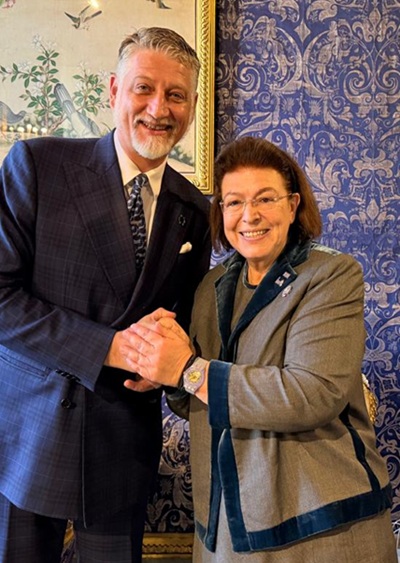
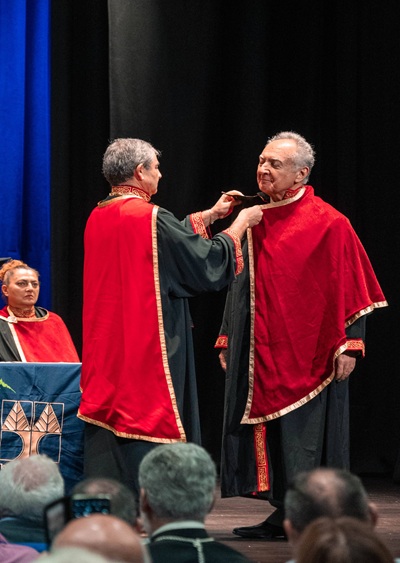


Leave A Comment